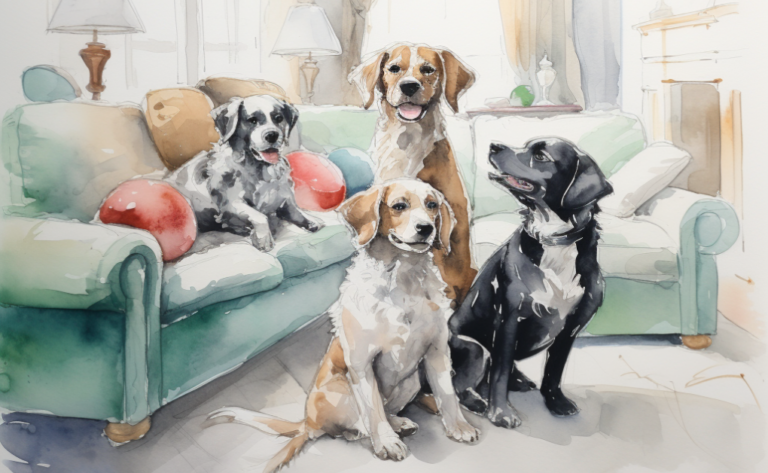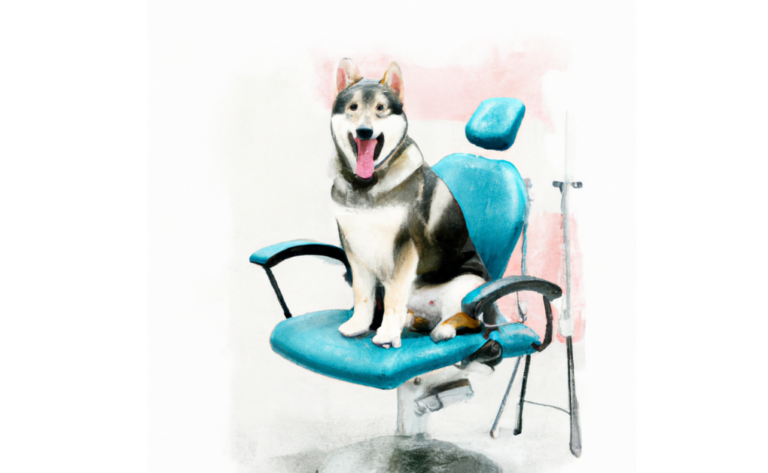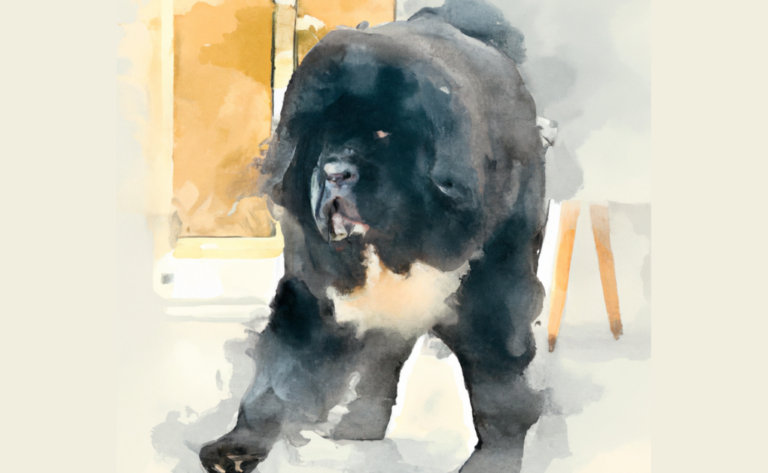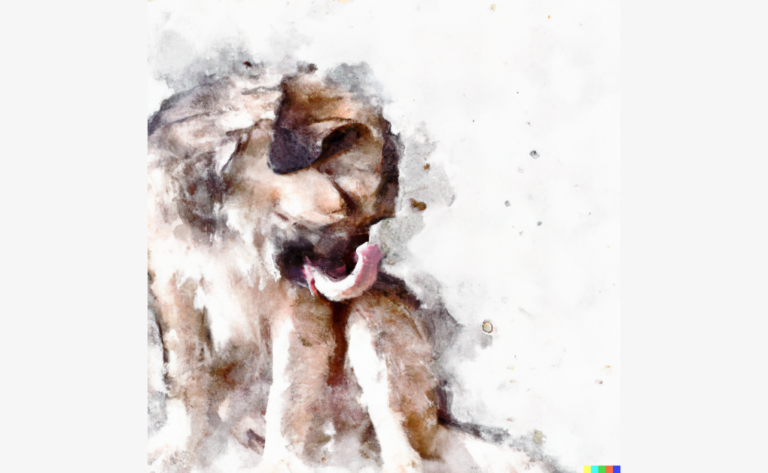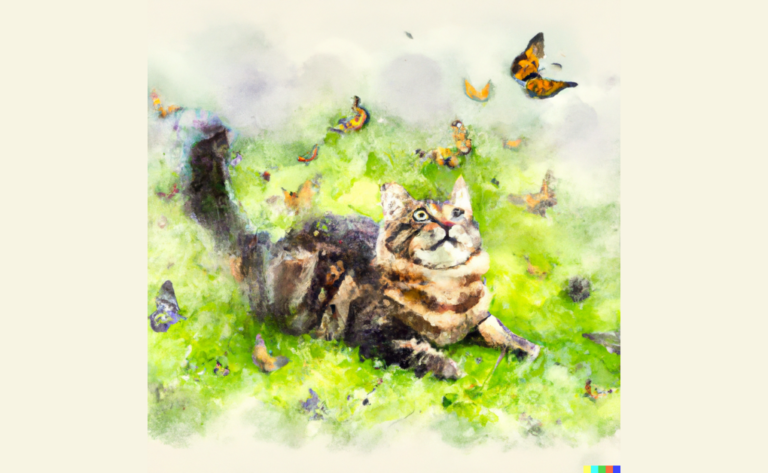Why Do Dogs Poop in Different Ways?
Introduction
As Emma walked her energetic Border Collie, Max, around the neighborhood, she noticed a peculiar change in his pooping habits. Gone were the days of predictable potty breaks, and in their place were varying styles and consistencies that left Emma scratching her head in confusion. Intrigued by this strange development, she began researching the various factors that could be affecting Max’s bathroom routine.
Dog owners spend excessive time obsessing over their dog’s poops. And it turns out there are some exciting explanations behind why dogs do what they do when they go number one. Here are some strange things dogs do when they poop:
1. Eye Contact
Dogs make eye contact when pooing because they’re trying to communicate with us. For example, they say, “Hey, I’m going to be pooping soon, so watch out!”
When pet parents see this behavior, we usually respond by saying, “Oh no! Not again!” But our pup doesn’t care. Instead, he wants to let us know he’s got some business to attend to.
This is why dogs make eye contact when pooing. And it’s also why they make eye contact when they eat grass. They’re telling us, “Hey, I’ve eaten enough now.”
2. Hiding
Dogs poop in different ways because dogs are individuals. For example, some dogs prefer to bury their waste, some roll it in the grass, and others leave it where it lands.
Some dogs may be afraid of getting dirty, so they try to avoid contact with feces. Others may not understand why they must go out and relieve themselves, so they hold it until they feel better.
Regardless of why your dog hides when he poops, there are things you can do to help him learn to eliminate correctly. The most crucial step is teaching your dog to recognize his body odor. This means teaching him to associate his scent with going outside and relieving himself.
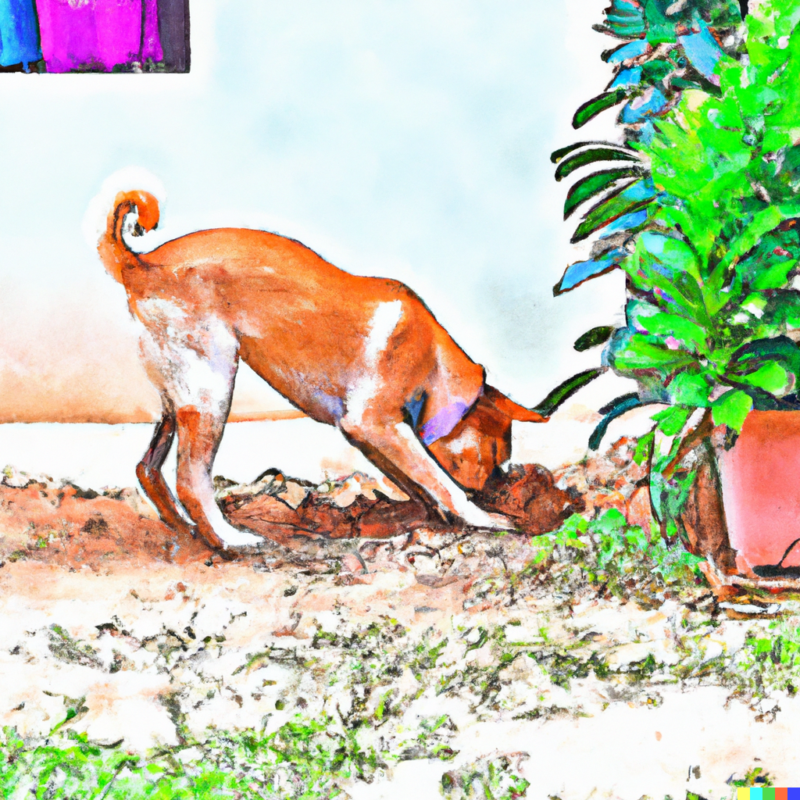
Once your dog learns this association, he should no longer fear being near his waste. He should also stop hiding when he goes out to defecate. Instead, he should walk calmly toward the door, sniff the air, and find his favorite place to urinate or defecate.
If your dog still tries to hide when he needs to go out, you can use a crate to keep him safe and comfortable. Crate training helps dogs become accustomed to the smell of their waste and teaches them to control their bowels and bladder.
Crate training takes patience and consistency. Be patient with your dog and give him plenty of praise and treats when he eliminates correctly. Don’t punish him for making mistakes.
When your dog stops hiding after elimination, reward him with praise and treats. Then continue to reinforce proper elimination behavior every day. Your dog will soon begin associating his body odor with going outside and relieving himself.
3. Spinning
A dog circles before it poops to find a safe place to do business. This behavior is called “spinning.” It’s common among puppies and young dogs who haven’t learned how to control their bladders.
Spinning is also used as a way to mark territory. For example, if your dog spins while peeing, he might be keeping his environment. Or if he turns while he’s pooping, he could be marking his territory. Spinning is a sign that your dog has something important on his mind.
Spinning isn’t dangerous, but it does take time and energy. So don’t get frustrated if your puppy or adult dog turns before he goes out. Just remember that your dog is communicating with you.
You can encourage your dog to spin less often by giving him lots of exercise and attention. You’ll also want to provide him with an area where he can safely relieve himself without worrying about other animals or people nearby.
4. Looking Around
Your dog looks around to know what direction to take to relieve himself. This behavior is called looking around. When your dog looks around, he’s trying to determine which way leads to the best spot to eliminate.
This behavior is widespread among dogs who have never been taught to control their bladders. These dogs tend to look around more than dogs who have mastered eliminating.
Dogs who look around may not always choose the right spot to poop. But they’re usually pretty good at finding one. And once your dog finds a lovely place, he won’t need to look around anymore.
To discourage your dog from looking around, try distracting him when he starts doing so. For example, play some music or turn on the TV. That way, your dog won’t feel like he has to pay attention to his surroundings.
5. Digging
Digging is another behavior many dogs exhibit when they need to go out. Digging is a natural instinctive response to help dogs locate a spot to eliminate. Some dogs dig because they are bored. Others search because they are anxious. Still, others dig simply because they enjoy digging holes.
If your dog digs when he needs to go, he probably doesn’t realize that he’s digging up his feces. Instead, he thinks he’s playing. So don’t scold your dog for digging. Instead, make sure that he has somewhere safe to go. Then let him relax and enjoy digging.
6. Standing Still

There are several possible explanations if you’re wondering why your dog stands still when he poops. The most common cause is that your dog only realizes he’s done his business once he feels the urge to go again.
Another possibility is that your dog is scared of stepping outside. He may feel uncomfortable leaving his house and need to relieve himself inside.
Finally, another possibility is that your dog has a medical condition that causes him to hold back. This may include bladder problems, incontinence, or diarrhea.
Whatever the case, it’s essential to understand why your dog holds back when he goes to the bathroom. Understanding this behavior will help you better communicate with your dog and keep him healthy.
7. The Booty Scoot
The booty scoot is an expected behavior among puppies. This is because puppies are born without anal glands and must use their hind legs to push out feces. This is called “scooting.” As puppies grow older, they learn how to control their bowels better and stop scooting.
However, some dogs still do it. If you notice your puppy doing it, don’t worry about it. Just make sure to clean up after him. It’s normal for puppies to scoot occasionally.
8. Selective Pooping in Dogs
Selective pooping is a term used to describe the tendency of certain breeds of dogs to only defecate in specific areas. Most dogs can eliminate anywhere in their yard, but some breeds are known for picking spots they want to eliminate.
For instance, German Shepherds often pick spots near trees or bushes. They also seem to prefer grass over dirt. Some other breeds are selective about which parts of their bodies to eliminate. For example, Doberman Pinschers tend to eliminate more frequently in front than behind.
The researchers tested whether dogs’ anxiety levels changed depending on where they went to do their business. Their findings suggest that dogs prefer to urinate in areas with fewer distractions — like quiet streets, parks, and parking lots. But they also want to make sure they can safely retreat to a place that feels familiar.
If you think your dog is anxious about going outside, it could be because he doesn’t feel safe enough to relieve himself in certain places. A study published in Applied Animal Behaviour Science found that dogs are sensitive to changes in their environment, including the presence of people and traffic noise. They’re even more likely to experience stress if there aren’t adequate escape routes.
What Does the Healthy Poop Look Like?
A healthy poop should have no odor, be soft and pliable, firm, free of coatings or lumps, and not stick to the bottom of the bowl. You might see a few small pieces of hair mixed into the stool. These are usually from the dog’s coat.
A good-looking poop looks similar to a baby’s first bowel movement. It should look like a smooth ball of poop. However, as your dog ages, she may start producing loose stools. In these cases, her poop may appear lumpier or less uniform.
If you notice anything else out of place, contact your veterinarian immediately. Here are some tips for keeping your pup healthy and happy.
When Should You be Concerned About Your Pet’s Poop?
Observing your pet’s poop fresh is the easiest time to see any abnormalities. Call your veterinarian immediately if you notice anything abnormal about your dog’s or cat’s poo. Here are some things to look out for:
- Worms – You’ll know worms are present because there will be eggs in the stool. This is especially true if your dog has diarrhea.
- Food – If your dog eats food that contains foreign objects such as bones, hair, or plastic, he might pass those items along in his stool.
- Parasites – Many parasites affect pets, including roundworms, hookworms, whipworms, tapeworms, giardia, coccidia, cryptosporidium, and others. These parasites cause symptoms ranging from mild to severe. Symptoms include vomiting, diarrhea, weight loss, lethargy, and even death.
- Bacteria – Some bacteria can make your pet sick. For example, Salmonella causes diarrhea and fever. Other types of bacteria can cause eye infections or ear infections.
- Fecal matter – Sometimes, pets overeat and pass large amounts of fecal matter. This can lead to blockages in the intestines.
- Blood – A lot of times, blood in the stool indicates bleeding inside the digestive tract. Bleeding can occur due to ulcers, tumors, trauma, or other conditions.
Frequently Asked Questions
Disclaimer: The information provided on this veterinary website is intended for general educational purposes only and should not be considered as a substitute for professional veterinary advice, diagnosis, or treatment. Always consult a licensed veterinarian for any concerns or questions regarding the health and well-being of your pet. This website does not claim to cover every possible situation or provide exhaustive knowledge on the subjects presented. The owners and contributors of this website are not responsible for any harm or loss that may result from the use or misuse of the information provided herein.


